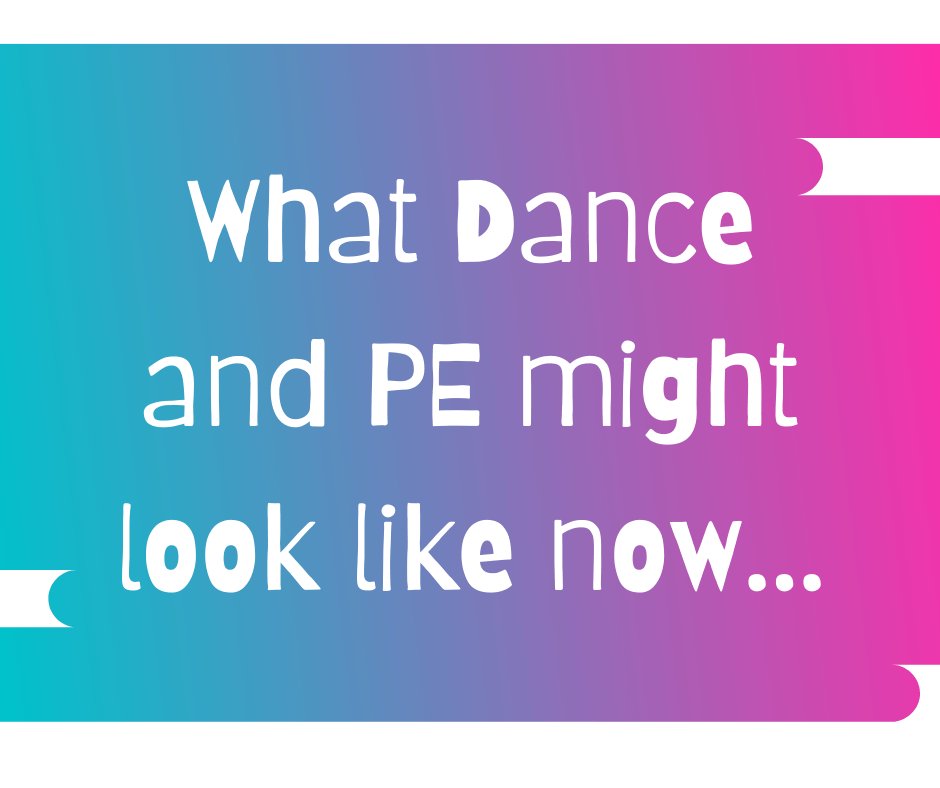If you've read the AfPE guidelines (or our recent blog about it here) you will…
The problem with boys and dance
Do you find it difficult to motivate and engage boys in dance activity? You’re not alone. Teachers often ask for advice on how to teach dance to boys. And when I teach a new group for the first time, boys often enter the school hall rolling their eyes, their faces full of fear and dread! Even when boys have chosen to participate in dance outside of the PE curriculum (such as after school clubs), attendance often drops due to teasing and name calling by their peers.
Once boys have got over their initial fear, they actually make incredibly inspiring dancers. As they have had little experience of dance schools and pre-determined ‘routines’, boys are brilliant at responding to creative tasks. Rather than trying to please the teacher with what they already know, they are willing to try out new ideas and take risks, both physically and choreographically.
Whilst exposure to more ‘cool’ styles (such as hip hop and street) through the media is helping dance to gain credibility amongst boys, there’s no denying that teaching them to dance can be challenging. So what can be done to convince them that dance is not just a ‘girl’s thing’?
Theme selection is crucial; topics relevant to their own interests work brilliantly. I get the best response from topics such as ‘superheros’, ‘secret agents’ and capoeira (a Brazilian martial art). For example, with secret agents, I tell the class I’m going to train them all how to be secret agents and that they must learn 6 secret actions (usually travelling by leaping, climbing, tummy crawling, rolling etc…). They then use these actions to create secret codes with a ‘comrade’, which become the basis of a duet. At the end of the session, the choreography is linked together so that all children perform their ideas without being put on the spot. Of course, this doesn’t mean that every dance session needs to be ‘gung ho’ and masculine; it’s just a good place to start. Once the boys are on board, they are more likely to respond positively to more challenging concepts and dynamics.
The way that a dance session starts – the language used, the style of the warm up – is also vital. For key stage 2, I normally make the warm up very task-based, which boys enjoy. For example, walk for 8 counts, star jump for 8 counts, balance for 8 counts, jog for 8 counts. Once they can repeat this competently, I often ask the children to repeat the actions for only 4 counts, then 2 counts, then 1. Or they can adapt the 4 actions to their own choice of movements. Alternatively, I lead a warm up that includes actions that are street dance in flavour. For example, I do a groove with the head (pushing the head forwards and then to one side, and then forwards and to the other side) and some top rock (placing one heel towards the foot on the other leg and then stepping it to the side) alongside marching, jumping and side-stepping. Music selection also helps to give the dance class credibility. I use artists such as Daft Punk and Basement Jaxx all the time as they are fun, lively and up-beat. For more warm up and music ideas, as well as details on how to do some of these actions, check out the videos on my website and blog.
Once the balance of theme, warm up and music is sorted, boys feel empowered to participate. After my sessions, they are buzzing, inspired and can’t wait for the next one!
I’d love to hear your stories of teaching dance to boys and what works well in your classes.



